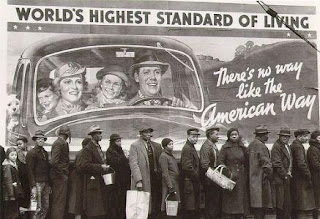The Hanford Nuclear Problem
By
Josh Davison
After
the war ended the Hanford site expanded to nine large nuclear reactors and five
plutonium processing complexes. During the
Cold War, these reactors and this site were responsible for the plutonium in
some 60,000 nuclear weapons. As you can imagine this large expansion, close
proximity to the town of Hanford, the Tri-City area, and the Columbia River has
caused extreme environmental degradation coupled with health concerns.
Numerous
environmental hazards have plagued the Hanford site. Some of these problems have been covered up
by the government in the past and some other problems continue to this very
day. From 1941 to 1971 the cover-up
entailed the pumping of the Columbia River into the reactors to cool them,
subsequently storing that water for a short period of six hours to be treated,
and then releasing it back into the Columbia River. Anyone with half a brain knows the half live
of plutonium to be thousands of years so this could not have gotten rid of all
the harmful radiation being pumping back into the Columbia. This has hurt fish and high radiation levels
have been found up and down the Washington and Oregon coast around the Columbia’s
mouth because of this. Many Native
Americans cannot fish there anymore for fear of contracting radiation
poisoning.
The
plutonium separation process also results in isotopes being let into the
air. As a result of this, the areas
around Hanford and the Tri-Cities have had potentially harmful levels of
radionuclides in the air possibly causing things like cancer. Radiation levels have been found to be high
in the southeastern Washington, Oregon, Idaho, Montana, and even British
Columbia area because of the Hanford problem.
Having been a resident of the area for over 20 years the resounding joke
is that the deer along the Hanford site “glow green” as a result of eating
contaminated grass and breathing the air.
Once you think about it, it is not as funny as it sounds because this is
going into people as well.
Around
53 million gallons of toxic waste are stored underground at Hanford as
well. Almost as soon as this waste was
stored it began to leak. There are 177
tanks about 12 miles from the river and to date about 70 of the tanks have had
leaking problems resulting in 1 million gallons of toxic waste leaching into
the soil. It is estimated that it takes
7 to 20 years for this waste to reach the groundwater and the river. It not only hurts us now, but it hurts future
generations as well.
What
should we do about it? It is an expensive, but necessary problem to fix. I
would love feedback…




